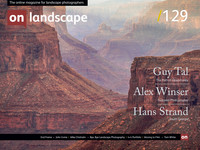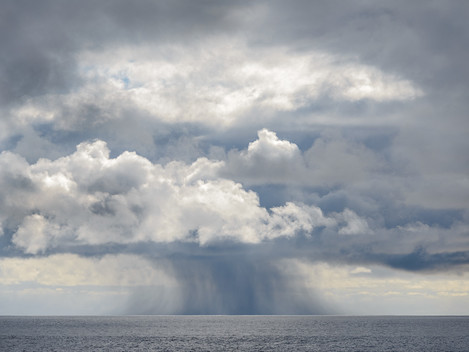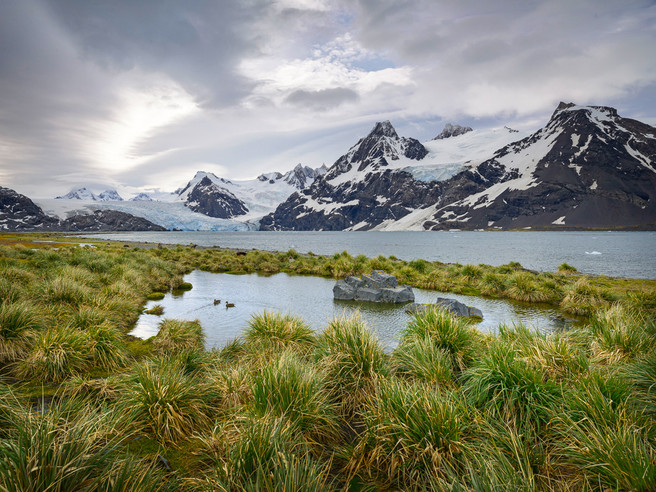Five Days at the End of the World

Hans Strand
Hans Strand is an internationally recognised photographer who has received numerous awards for his work and published three books. He lives near Stockholm in Sweden.
Travelling to the end of the world is not an easy task, and South Georgia certainly qualifies for this category. First, you need to cross 1850km of open water from the southern tip of South America over the Scotia Sea to get there; a voyage which can be a stormy inferno if the luck isn't with you. So I thanked God that this time mother nature was kind to us as we had four days of gentle rolling on a fairly smooth sea. And then there she was, South Georgia, with her 200 kilometres of jagged mountains, glaciers and beaches garnished with wildlife in abundance. Visiting this island had been a dream ever since I got hooked on landscape photography and at one stage I thought I would never be able to go there. Now, finally, the dream came true.
I almost immediately realised that depicting such a great wilderness in just one trip would be an impossible task. You simply need a lot of time to travel along the island. On a short trip like this one you have to deal with the conditions for the day and the chances are small that you will have the best places with great light. The landscape is so amazing though that you could almost stop at every meter and make a photograph. I had 5 days and about 10 landings - still not too bad. The first one was at King Håkon Bay, the location for Ernest Shackelton’s landing after his heroic crossing from Elephant Island in 1916. One hundred years later we landed in this fairly wind sheltered bay, sliding up on the sandy beach with our Zodiacs. I stepped off the boat and proceeded to navigate between the wildlife. King penguins, fur seals and elephant seals occupied almost every inch of the beach. The place felt very much like Svalbard, but on heavy steroids. Higher mountains and way more wildlife. For me, as a landscape photographer, I now had so much wildlife around me that I automatically also became a wildlife photographer. In almost every single landscape photograph the wildlife became an ingredient. Typical for South Georgia, instead of trees, there is a thick carpet of tussock grass on the ground. This grass looks fantastic and If frequently used it as foreground for my wide-angle images. The mountains and the sky are also amazing backgrounds in almost all directions. At King Håkon Bay I found a small pocket of water and two swimming South Georgia Pintail ducks (endemic) and here was another working foreground. I wanted to move a bit further to the front right to get a cleaner view of the pocket of water, but there was a grumpy male fur seal just five meters in this direction. This is the way it works on South Georgia and Antarctica. You have to stay at a minimum distance of five metres from the wildlife.
Later the same evening we were hit by a hurricane.



